A version of this essay was published by firstpost.com at https://www.firstpost.com/india/punjab-phenomenon-is-devastating-psychologically-but-is-it-just-reversion-to-the-mean-10254751.html
Perhaps I am naive, but growing up in the South, I had a healthy respect for Sikhs, whom I viewed as men of honor and of principle. Later when I lived in California, I visited the Gadar Memorial Hall, and I wrote in 1996 (“Across a chasm of 75 years, the eyes of these dead mean speak to today’s Indian-American”) about the photographs of “glowering young men”, long-dead patriots, mostly Sikhs.
I wrote of Kartar Singh Sarabha, the 19-year-old from the University of California, Berkeley, who was hanged by the British for ‘sedition’ in 1915. He inspired others like Bhagat Singh. And then there is the Komagata Maru incident; once again Sikhs were prominent. They were the ones who tried, as economic migrants, to move to Canada and the US, and were forced to return, and massacred on arrival.
Later, I read O V Vijayan’s under-appreciated masterpiece The Path of the Prophet, and he spoke of “the lament of the innocent first-borns”, and I learned from a colleague named Inderjeet Gujral how he literally was the first-born of a Hindu family who had become a Sikh.
Vijayan wrote of the betrayal ordinary Sikhs felt when the Indian Army attacked the Golden Temple. I wrote about Jallianwallah Bagh (“Remember Jallianwallah Bagh!”) and the sacrifice of the Sikhs, quoting Vijayan (translation from the Malayalam is mine):
As far as the eye can see, gallows, hundreds and thousands of them; and on them, smiling, hanged martyrs, Sikhs! Merchants, hedonists, yet they paid the price for freedom. They loved India deeply.
In 2019, I went to Kala Pani, the infamous penitentiary in Port Blair, the Andamans. They broke our patriots there, in a Panopticon, as visualized by the famous British liberal Jeremy Bentham. I paid homage to Vinayak Damodar Savarkar. And I read the plaques that had long lists of those incarcerated there: and they were disproportionately Sikhs and Bengalis.
Therefore it is with personal anguish that I have followed the trajectory of the Khalistani movement, and the anti-India fervor espoused by them, including the Air India Kanishka bombing, followed by their infiltration into the farm-bill agitation. There is reason to believe that there are hostile entities’ fingerprints all over.
Then there were the horrifying incidents of two lynchings, one in Amritsar and the other in Kapurthala. It is likely that both the victims were Hindus (the authorities have carefully refrained from naming them and the media has not produced tear-jerker stories about their grieving relatives, and by past experience this only happens when the murdered are Hindus). The likely implication is that there is a plan (now that Afghanistan is in the bag) by the ISI to escalate things back to the daily murders and mayhem in the pre-KPS Gill days in the 1990s.
Worryingly, this is the same template that was used by the ISI to ethnically cleanse Hindus from Jammu & Kashmir in 1990. In Punjab, too, many Hindus were killed; but there was no exodus. Perhaps the idea now is to create enough terror and force a migration of Hindus out of Punjab.
That fits the proposed map from “Sikhs for Justice” of ‘Khalistan’, which, notably, does not include any Pakistani territory, not even the Gurudwara Shri Kartarpur Sahib. That is telling.
Also notice that J&K is not even in the map! This is reminiscent of similarly expansive ‘Eelam’ maps put out by LTTE, which included much of southern India.
Therefore we can conclude that there is a clear political angle. But there is also a socio-economic angle to the troubles in Punjab.
For one thing, there are serious caste fissures among Sikhs, and Jat Sikhs dominate and in some sense oppress SC Sikhs. And apparently Jat-ness transcends religion and even national boundaries: I was amused when a famous woman journalist bragged on Twitter that her half-Pakistani, out-of-wedlock son has classic Jat looks! Apparently this is also behind massive conversions to Christian churches in Punjab recently: what I gather is that the SC Sikhs are converting en masse perhaps in a rebuke to Jats.
But I wonder if there are also some more mundane explanations. It may well be a reversion to the mean. Those parts of India that were ahead may well be now declining in relative terms. Similarly there’s the interesting idea of the “middle-income trap” that has caused some nations to stumble in their path to wealth.
In addition to Punjab with its many freedom fighters (some of whom are alluded to above), Bengalis clearly led the flowering of a nationalist consensus, and there was a veritable constellation of greats: famous names like Bankim Chandra, Rash Behari Bose, Swami Vivekananda, Shri Aurobindo, Subhas Chandra Bose, all the way to unknowns like Bina Das.
So what happened to West Bengal? Why is it benighted, and not the glittering center of Indian civilization? Have both Bengal and Punjab regressed to a mean, after having been outliers for a long time? Of course the two also bore the brunt of Partition.
There is another reason to believe there is a reversion to the mean. Consider which states are well off and which states are poor. Look at the poverty rates in the graph.
Remarkable, isn’t it? The least poor states are: Kerala, Sikkim, Goa, Delhi and Punjab. For the moment, let us ignore Sikkim, Goa and Delhi as they are small. (By the way, earlier data I found showed that J&K was by far the least poor territory. I am not sure what has changed.) So let us look at Kerala and Punjab.
There is a simple reason for Kerala’s prosperity: it is a money-order economy, taking advantage of the superior indices of high school education and of healthcare, a legacy from the enlightened rulers of Travancore. This led to mass emigration, first to the rest of India, and later to many parts of the world: not only West Asia, but also rich white countries. Result: remittance money that props up creaking state finances.
Take a look at the footnote in the graph: Kottayam district in Kerala has 0.0% poverty! Why is this? Kottayam (and nearby Ernakulam, also a winner) are the most Christian areas in Kerala, and produce the majority of the nurses who have become a major export: you can find Kerala-origin Christian nurses in large numbers in every part of the rich world. They emigrate, bring family members, and send good money back.
More recently there has been a virtual invasion of oil-rich West Asia by Kerala people, leading to a windfall (most often from Muslim-dominated Kozhikode district, another winner). But that is coming to an end: I read that some 15 lakh emigres have returned, often after losing their jobs.
Similarly, Punjab’s prosperity is easily explained. Punjabis are talented farmers (note the Sikh-Mexican Catholic farmers of California’s Central Valley who have become some of the biggest producers of almonds and so on there) and landowning castes (Jats in particular) benefited from the Green Revolution.
These castes now do not want to share their prosperity with their landless laborer brethren; besides, they figured out how to make big bucks as intermediary arhatiyas who, among other things, ‘import’ lower-priced grain from other states and demand high support prices in Punjab. In other words, their prosperity now depends on looting the taxpayer and converting public property to private gain. Thus the opposition to the farm bills.
Slowly but surely, this neat trick will cease to work, and Punjab’s gains will disappear.
If I were a betting man, I’d bet on the laggard Gangetic Plain lands: yes, Bihar, UP, MP. All of them are low-hanging fruits, and within a decade, with good policies, leadership and a bit of luck, they will be the places to be. That would only be a reversion to what once was: the Gangetic Plain led the country with its empires: Mauryan, Gupta etc (of course, later there were the Cholas, Chalukyas and Vijayanagar as glittering imperial states).
Thus regression to the mean may not be such a bad thing; and it is only in relative terms. In absolute terms, the entire nation will rise. And I suspect Punjabi separatism will subside, too. It is fairly clear that Sikhs are better off in India than in an imaginary ‘Khalistan’: they merely need to reflect on how they had to flee from Afghanistan with their sacred books as soon as the ISI won there.
1350 words, 31 Dec 2021
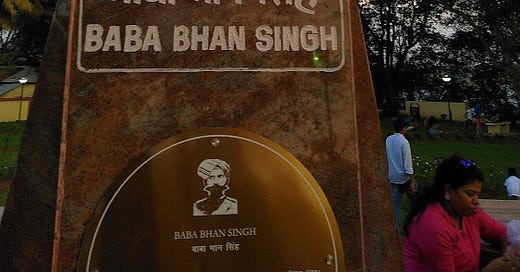




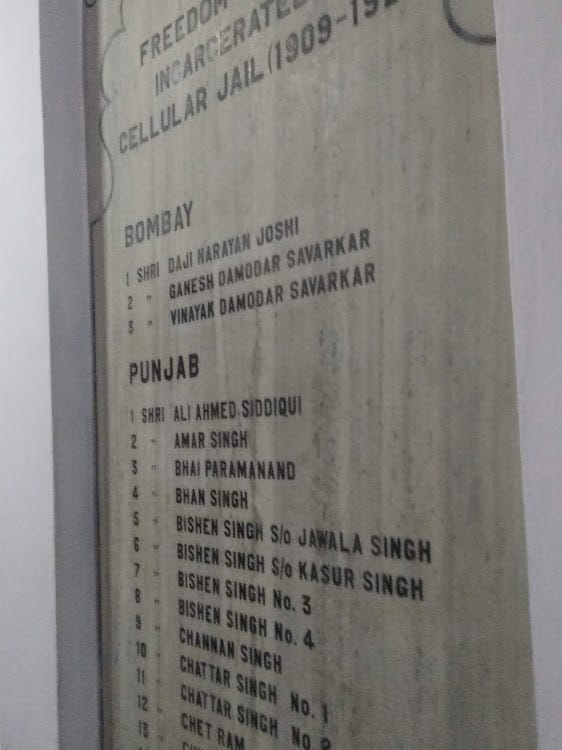
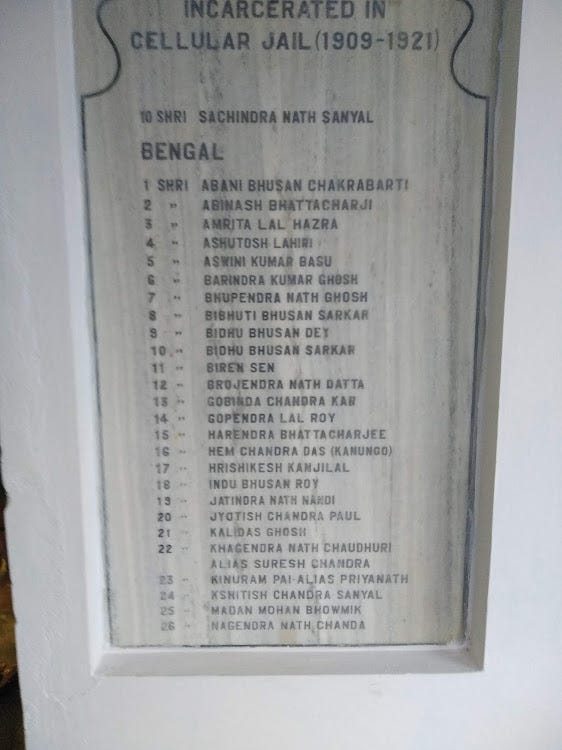

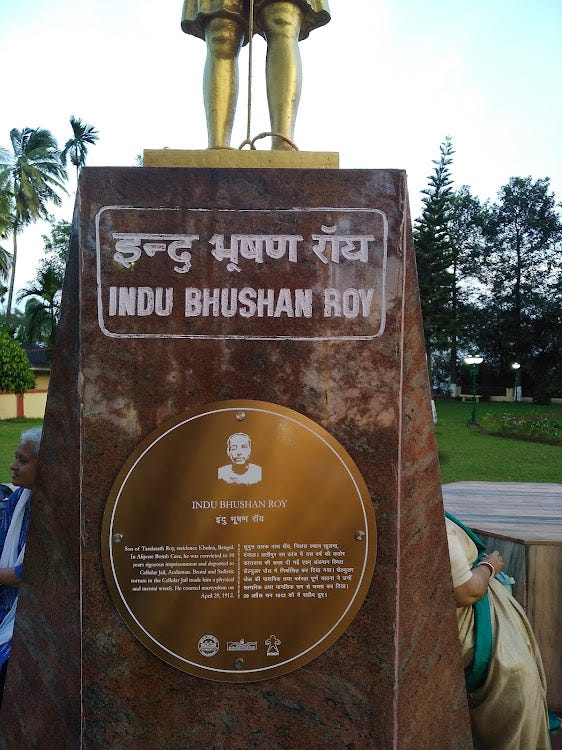
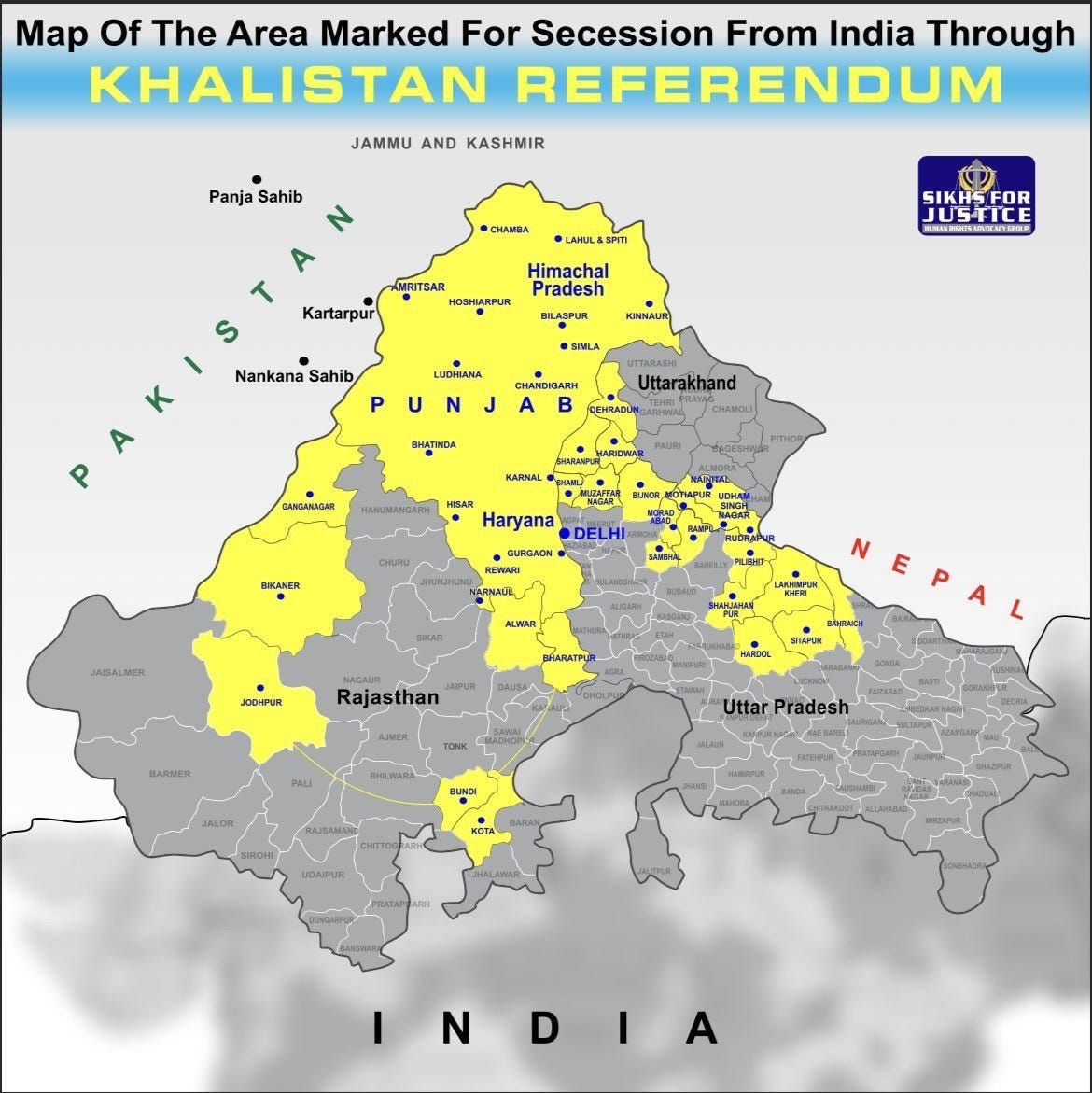



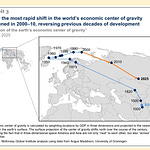
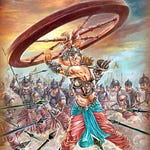






Share this post